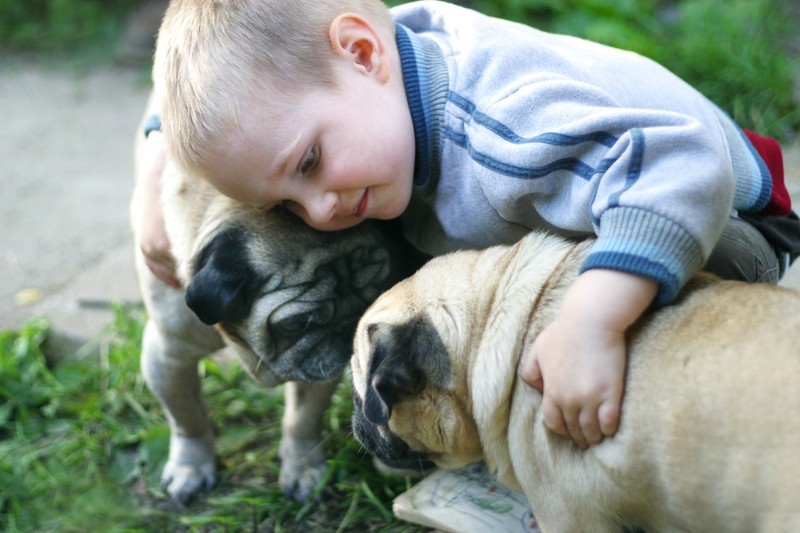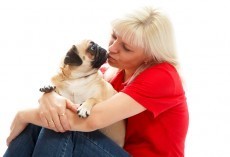What makes your pup connect to you and your family? Read the following to learn more about oxytocin and how, with regard to your pooch, it has evolved.
The discovery concerns the mammalian hormone oxytocin, which evolved around 500 million years ago from an ancestral version still found in fish and amphibians. The hormone evolved to play a key role in what makes mammals mammalian …
… (the) scientists then spritzed oxytocin (or saline, as a control treatment) up the dogs’ noses. The oxytocin caused female dogs to gaze more at their humans…whose own oxytocin levels rose as a result. All of this only affected dogs and their owners. Hand-reared wolves and their owners didn’t react in the same way to the treatment, and dogs administered oxytocin didn’t gaze any longer at humans who weren’t familiar to them. In other words, dog and human brains seem to have evolved at lightning speed to co-opt oxytocin for bonding between our species.
This sure helps to explain people who use baby talk with their dogs. Even cooler is this teaching of a new trick to an old hormone—showing how evolution is a tinkerer, not an inventor, improvising with whatever is handy. Once humans and wolves started down this strange path together, their brains would never be the same.
To learn more about oxytocin innovations with relation to mammals and other hormones please check out The Wall Street Journal. WE all want that feeling of well-being and it’s nice to know nature and science has our back!
Don’t forget, the dog who gaze the most at their humans during playtime has the biggest oxytocin rise—and do their humans!











Dale King Sr.
- Edit
Looking for a baby reg pug puppy